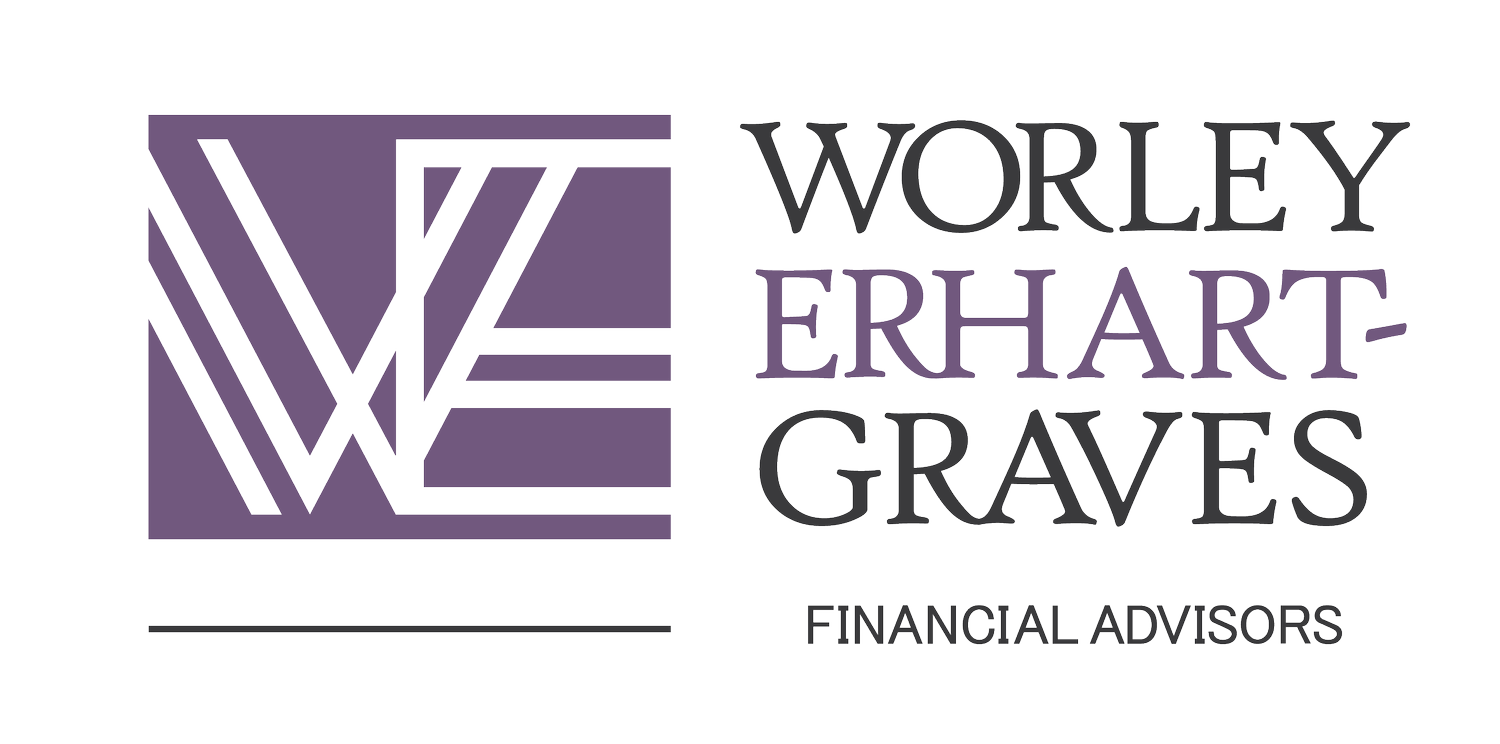Productivity and AI
/As the COVID vaccine rolls out and businesses reopen, economists are expecting a strong showing of goods-and-services produced in 2021. The Fed anticipates Gross Domestic Product (GDP) will hit 6.5% in 2021. Some economists are referencing similarities to the Roaring 20’s after the 1918 Influenza Pandemic. Back then, the pandemic was followed by inventions and advancements that made life easier, such as: electricity, appliances, indoor plumbing, radio, motion pictures, assembly lines, and the automobile.
Recently, we have had our own advances in research and development such as: the COVID vaccine being developed in record time, digital conferencing becoming common place, digital commerce took on a whole new “no contact” meaning, and the use of artificial intelligence (AI) was magnified in every sector of our economy which led to a huge increase in productivity.
For example, “Alphabet Inc. solved a half-century old scientific puzzle, using AI to predict accurately how proteins fold, which could revolutionize drug discovery,” per Peter Coy of Bloomberg Businessweek-Feb 1, 2021.
McKinsey & Co. said a global survey of executives revealed that they were a “shocking” seven years ahead of where they planned to be in terms of the share of digital or digitally-enabled products in their companies’ portfolios.
Unfortunately, this pandemic also increased the U.S. Federal debt. During the Trump administration, the U.S. Federal debt grew by $7.8 trillion, driven in part by Trump’s signature 2017 tax cuts and the $3 trillion in COVID stimulus funding, according to Fortune magazine, Feb/March 2021. Then Biden’s administration spent an additional $1.9 trillion on the COVID stimulus bill. This increased the overall money supply. As you know, if too many dollars start chasing too few goods, the result is inflation.
Getting back to GDP, one of the formulas to measure it is:
GDP = Productivity + Inflation
Is it possible for AI - with all its algorithms and quantum computing – to assist in creating enough productivity, and thus output of goods, to counterbalance the inflation factor? We will have to wait and see. We may be entering a brave new world!






